Garbage bags leaking again? The frustration and cleanup costs hurt. Stop wasting money on wrong thickness! Learn the best mil for your needs now.
Choose thickness based on waste type: 1.0 mil for dry waste, 2.0 mil for damp scraps, 3.0 mil for heavy/sharp items. Correct selection prevents leaks and saves up to 22% in cleanup costs.
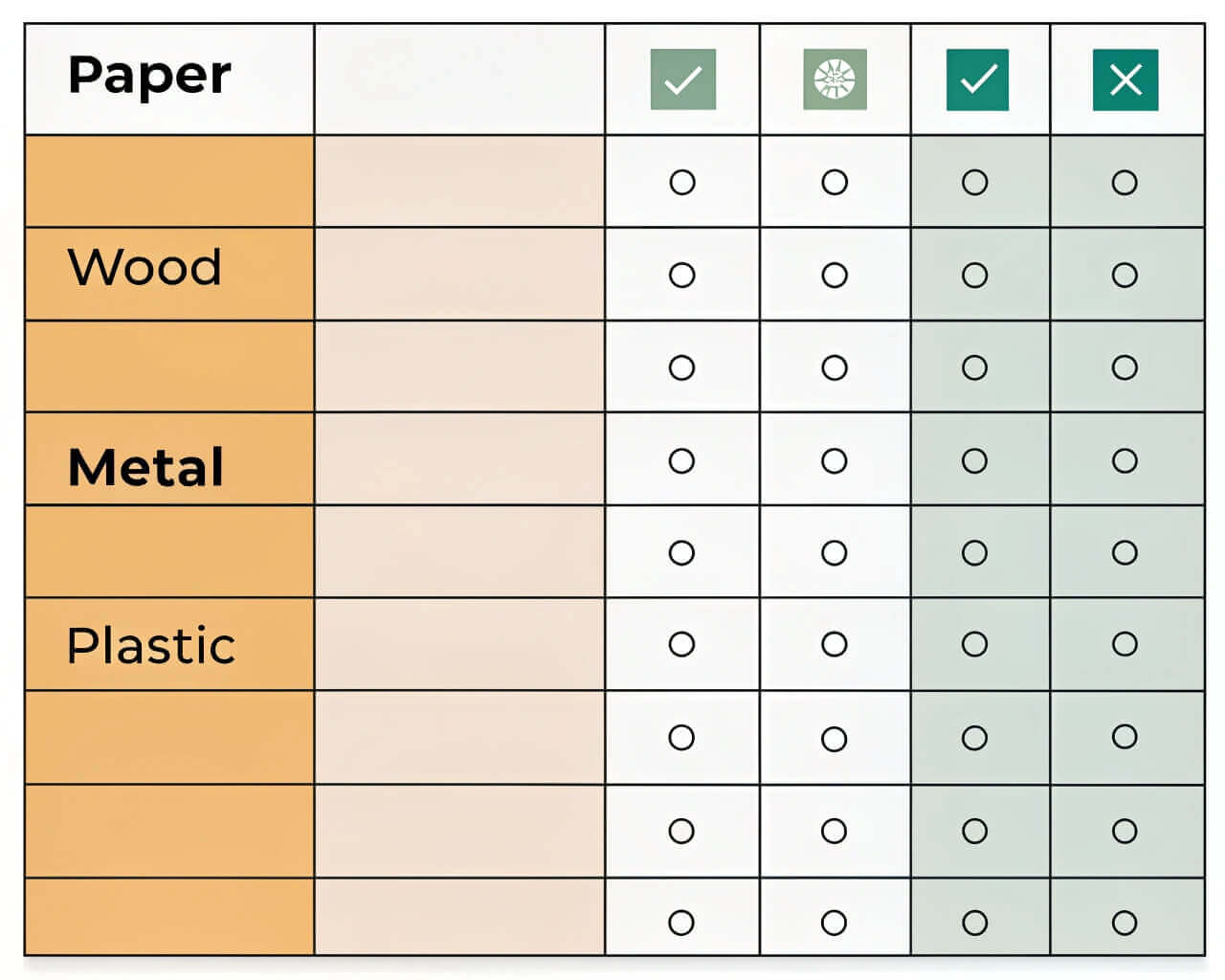
Getting thickness right matters. Let me show exactly how to match mil to your trash. We’ll start with key differences.
What is the difference between 1 mil and 2 mil poly bags?
Thin bag tearing during removal? 1 mil bags struggle under pressure. This causes big messes you must clean.
1 mil bags handle only dry light trash like paper. 2 mil bags resist punctures from damp food scraps. The extra thickness gives security without major cost jump.
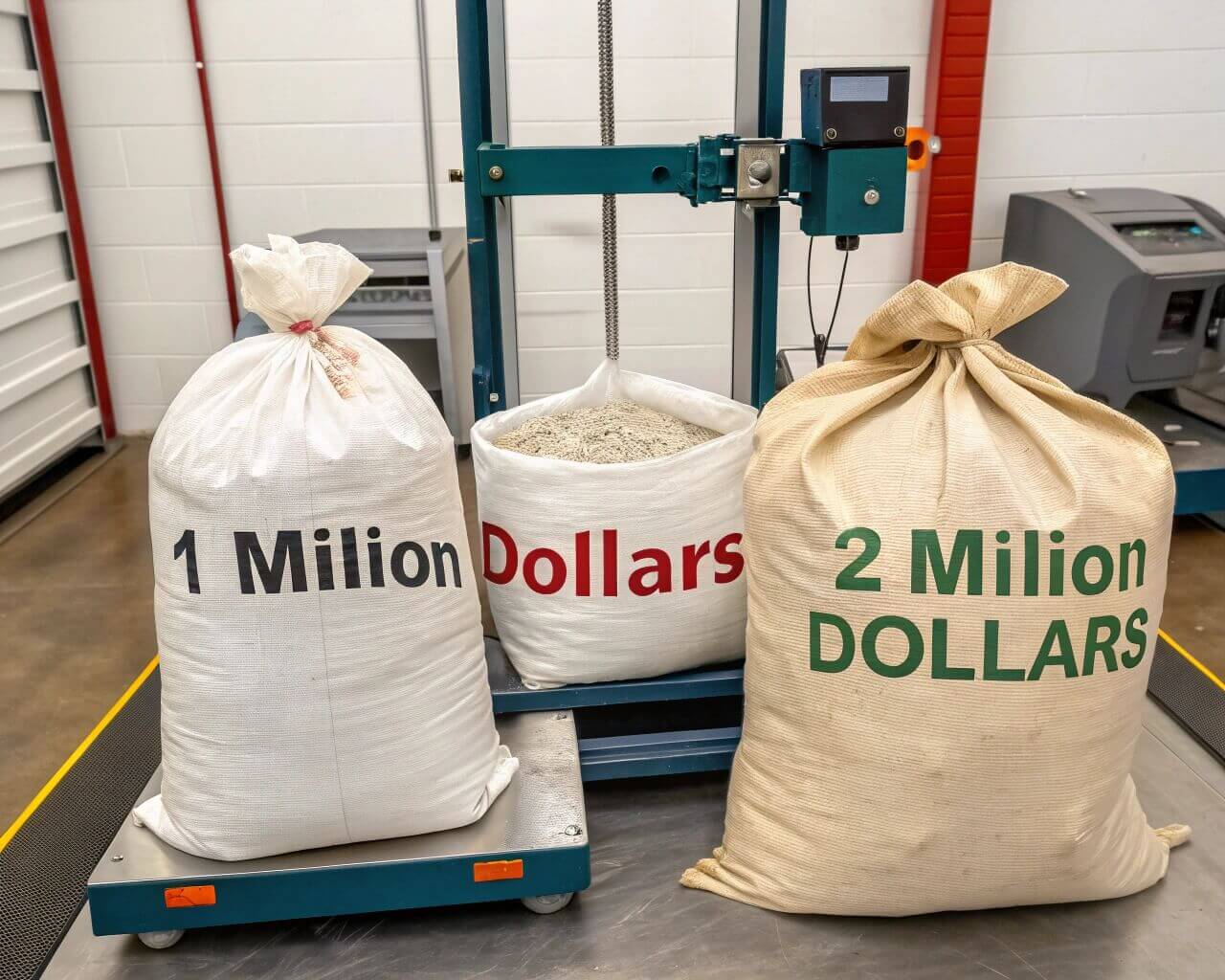
Key thickness differences
Think of mil as armor against spills. One mil equals 0.001 inch thickness. The difference seems small but matters much.
| Feature | 1.0 mil1 bags | 2.0 mil bags2 |
|---|---|---|
| Best for | Office paper, dry packaging | Kitchen scraps, light garden waste |
| Max weight | Under 25 lbs | 25-35 lbs |
| Leak risk | High with any liquid | Low with damp waste |
| Cost impact | 30% cheaper than 2.0 mil | 15% more than 1.0 mil |
I see customers choose wrong daily. A restaurant tried 1 mil bags for food waste. They had constant leaks until switching to 2 mil. The cost per bag rose slightly. But their total waste expenses dropped 18%. Thicker doesn’t always mean better. Know your waste type first. Match bags to your actual needs.
What is the difference between 2 mil and 3 mil plastic?
Bag bursting with construction debris? 2 mil might fail at job sites. Heavy materials need tough protection.
2 mil handles typical household trash well. 3 mil withstands sharp objects and wet industrial waste. The upgrade prevents costly double-bagging accidents.
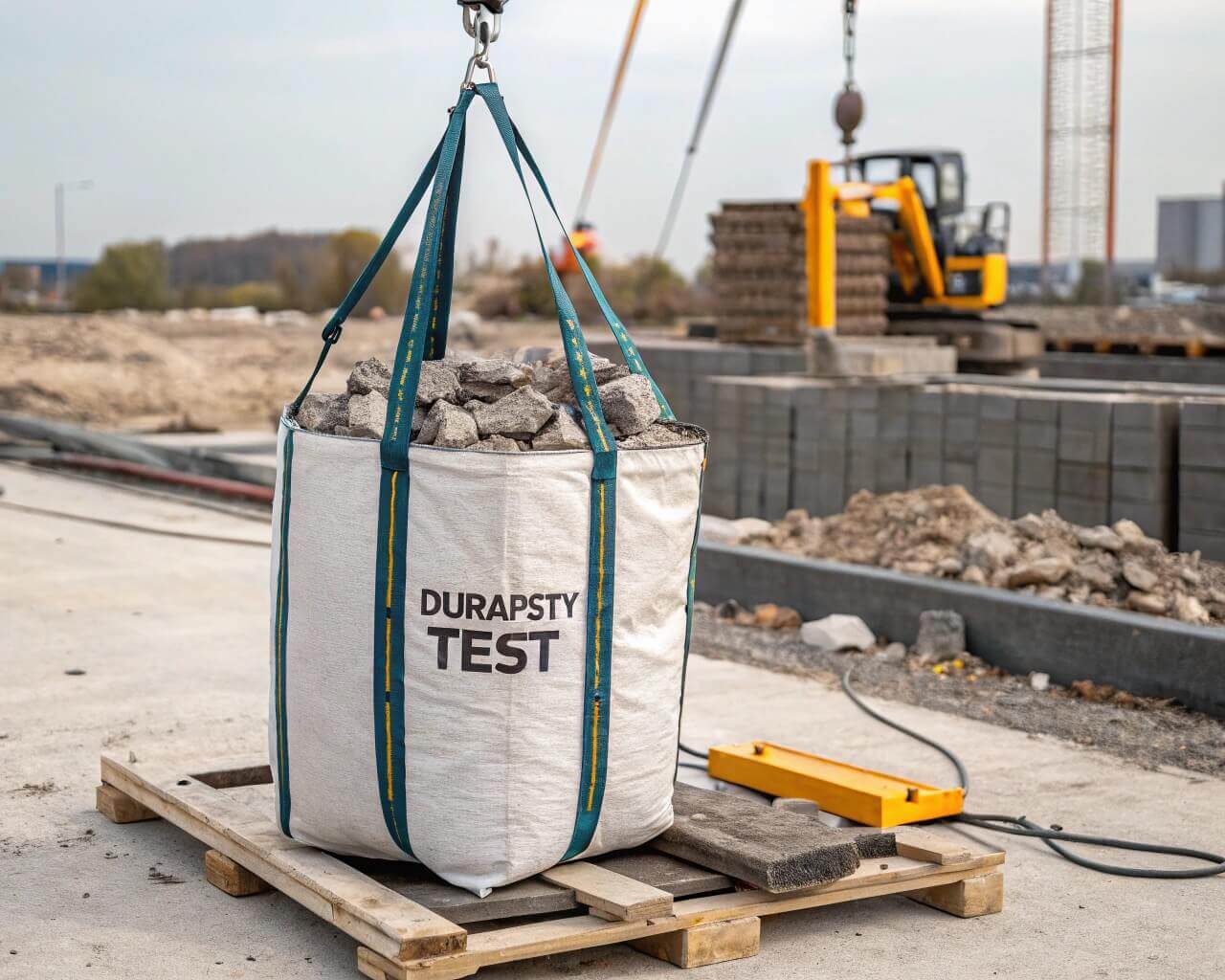
Strength comparison deep dive
Thickness defines puncture resistance. Think: 3 mil bears 3x more stress than 1 mil. See real applications:
| Scenario | 2.0 mil performance | 3.0 mil3 performance |
|---|---|---|
| Wet waste | Holds 1 gallon liquids | Holds 3+ gallons without leaks |
| Sharp objects | Risk of tears with glass/metal | Safe for nails, broken materials |
| Cost factor | $$ (Mid-range pricing) | $$$ (Premium pricing) |
| Eco-impact | 40% less plastic than 3 mil | Highest plastic usage |
A warehouse client used 2 mil bags for machinery parts. They wasted hours cleaning oil spills weekly. After switching to 3 mil, leaks became rare events. Yes they cost 20% more. But labor savings exceeded 30%. Understand your heaviest item.
Which garbage bags are better?
Choosing wrong bag thickness? Waste management fails drain cash. Avoid messy trial and error.
"Better" depends completely on your waste type. No universal best exists. Always match thickness to the toughest item you dump daily.
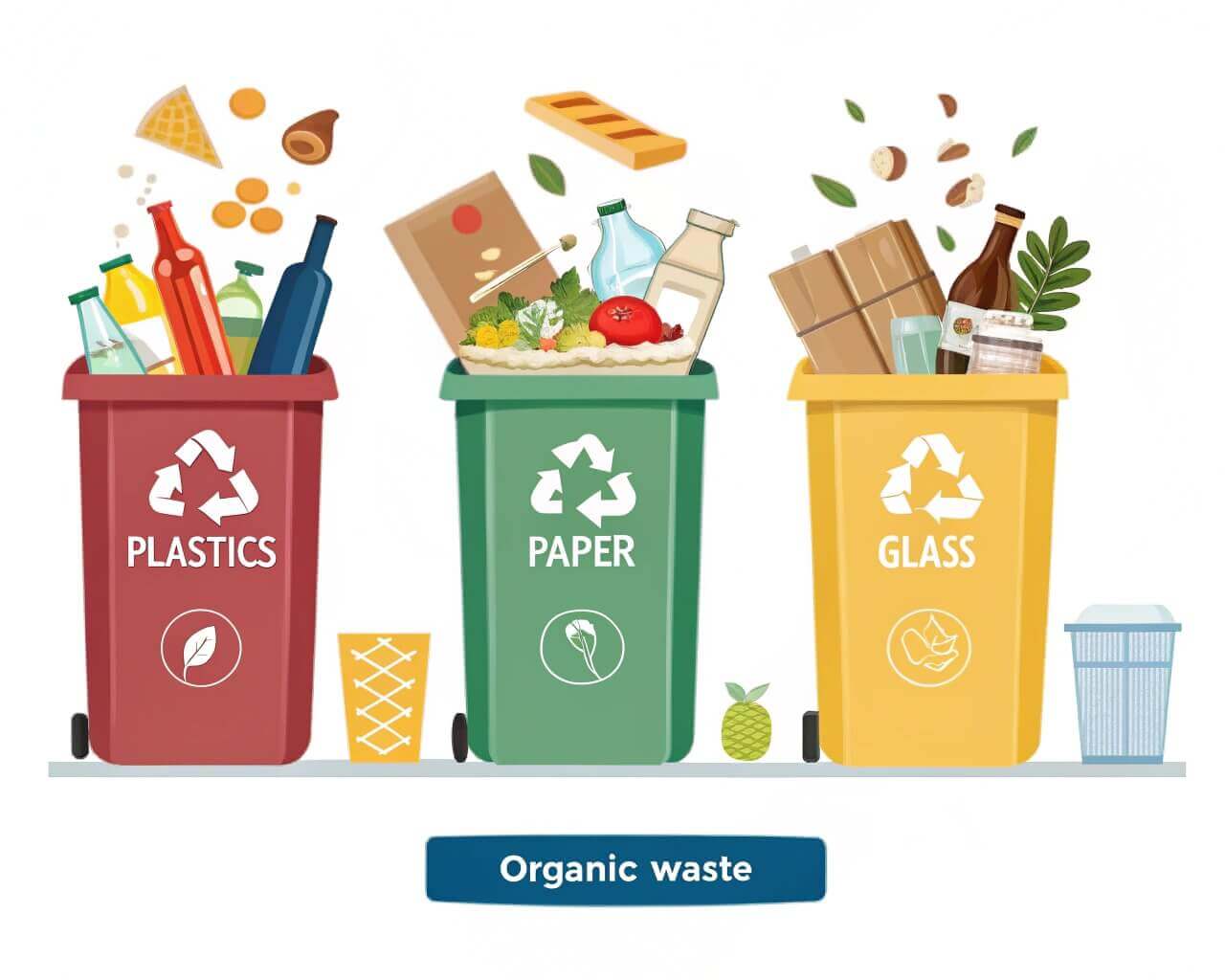
Waste matching system
Good bags solve your specific problem. Bad ones create new problems. Follow this decision chart:
1. Identify your worst waste item
- Dry paper → 1.0 mil
- Wet food → 2.0 mil
- Glass/rocks → 3.0 mil
| 2. Assess risk factors | Risk | Safest choice |
|---|---|---|
| High liquid | 3.0 mil star-seal | |
| Occasional damp | 2.0 mil LLDPE | |
| Office paper | 1.0 mil recycled |
3. Cost vs protection
Upgrading thickness costs most upfront. But leaks cost more long-term. One restaurant saved $1800/month by switching from constant 1 mil failures to proper 2 mil bags. I offer free samples to test. Many clients discover they overestimated needs. We help find perfect balance.
What is the difference between mic and mil?
Seeing both mic and mil on specs? The confusion causes wrong orders. They measure different things.
Mil means 0.001 inches while mic means micrometers. 1 mil equals 25.4 microns. Measure thickness consistently to compare bags fairly.
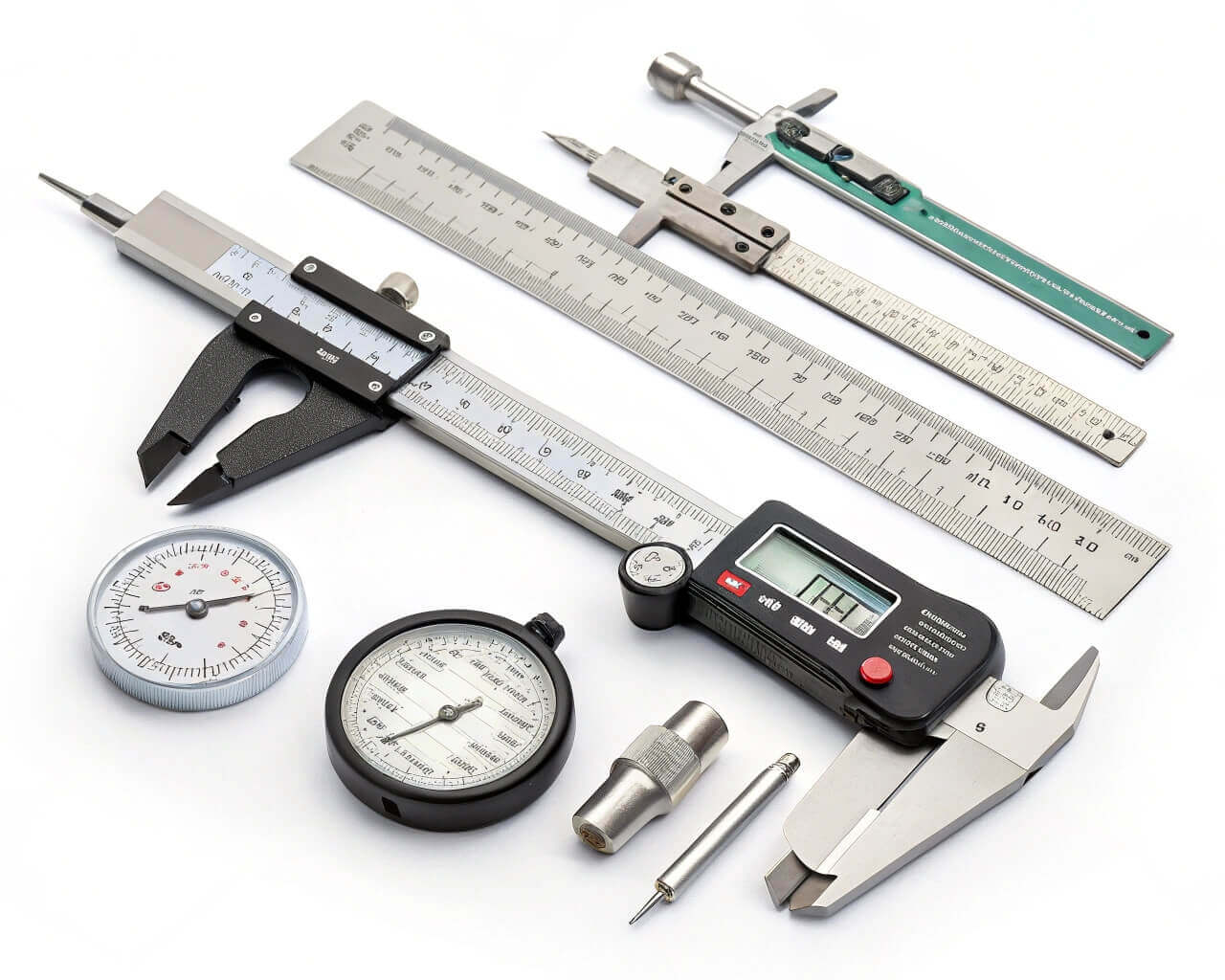
Measurement clarity matters
Units impact bag performance expectations. Spec sheets use these distinctly:
| Term | Full name | Usage | Conversion |
|---|---|---|---|
| mil | One thousandth inch | Standard US thickness unit | 1 mil = 0.0254 mm |
| mic | Micrometer | Metric thickness unit | 100 mic = 0.1 mm |
| gauge | Non-standard | Avoid using; inconsistent | N/A |
In our factory, we use mic for international orders and mil for US clients. But I always double-check client needs. Last month, a buyer confused 2 mil with 200 microns. 200 microns equal nearly 8 mil! We caught it before production. Always confirm units with suppliers. Our team helps clarify specifications before cutting first sample.
Choose the right thickness. Stop leaks. Save money. It starts with knowing your waste.
Request free samples: Our experts will help match perfect thickness to your needs.
-
Learn about the ideal applications for 1.0 mil bags, particularly for dry waste, to optimize your waste management strategy. ↩
-
Explore the advantages of 2.0 mil bags, especially for damp waste, to prevent leaks and save on cleanup costs. ↩
-
Discover why 3.0 mil bags are essential for handling sharp and heavy items, ensuring safety and reducing mess. ↩

